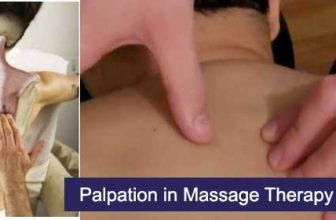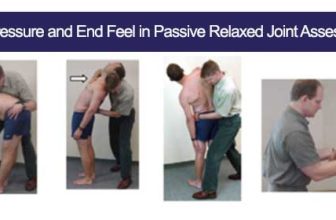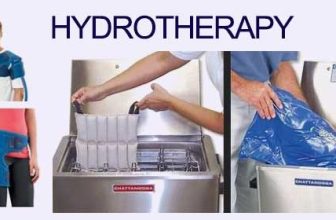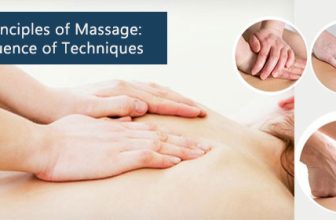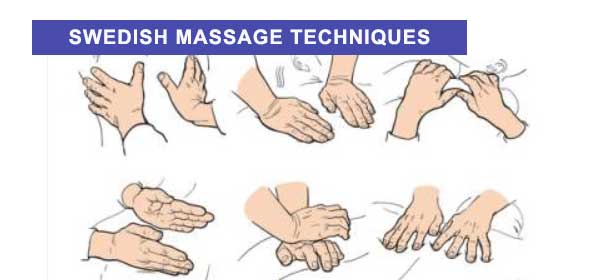
Swedish Massage Therapy Techniques
Swedish massage is known for its therapeutic benefits and is often considered a foundational technique in Western massage therapy. Swedish massage is a popular and widely practiced massage technique that originated in Sweden. It was developed by Pehr Henrik Ling, a Swedish physiologist, in the 19th century.
The goals of Swedish massage are relaxation and stress reduction. Swedish massage techniques help improve circulation, alleviate muscle tension, and promote an overall sense of well-being. The pressure used during a Swedish massage can vary from light to firm, depending on the client’s preferences and specific needs.
Here are some key elements and techniques commonly associated with Swedish massage:
1. Swedish Massage Technique: Effleurage
Effleurage Technique: Long, gliding strokes performed with the palms, thumbs, or fingertips. It involves smooth and continuous movements over the skin.
Purpose: Effleurage is used to warm up the muscles, prepare the body for deeper massage techniques, and promote relaxation. Effleurage is typically used at the beginning and end of a Swedish massage session to help warm up the muscles and promote relaxation.
2. Swedish Massage Technique: Petrissage
Petrissage Technique: Kneading, squeezing, and lifting motions, typically using the hands, fingers, or thumbs. This technique targets deeper layers of muscle tissue.
Purpose: Petrissage helps release muscle tension, improve circulation, and enhance flexibility. It is effective in addressing knots and areas of muscular tightness.
3. Swedish Massage Technique: Friction
Friction Technique: Application of deep, circular or cross-fiber movements applied with the fingertips, thumbs, or palm. Friction is used to break down adhesions and release tension in specific muscle areas.
Purpose: Friction helps improve mobility, increase blood flow, and address localized areas of discomfort or tightness. Friction technique helps release tension in muscle areas and break down adhesions.
4. Swedish Massage Technique: Tapotement
Tapotement Technique: Rhythmic tapping, chopping, or pounding movements using the fingers, hands or fists. Techniques include cupping, hacking, beating, pincement and tapping. Tapotement is also known as percussion massage technique.
Purpose: Tapotement stimulates the muscles, invigorates the body, and enhances circulation. It is often used to revitalize and energize the client.
5. Swedish Massage Technique: Vibration
Vibration Technique: Gentle shaking or trembling motions applied to the body using the hands. This can help release tension and restrictions in muscles and joints and promote relaxation.
Purpose: Vibration helps relax the muscles and joints, improve blood flow, and create a soothing sensation. It is often applied to areas of restriction and tension.
6. Swedish Massage Technique: Joint Movements
Joint Movements Technique: Passive movements that gently manipulate the client’s limbs or joints in various ways, promoting increased flexibility and range of motion.
Purpose: Joint movements help improve joint flexibility, reduce stiffness, and enhance overall mobility.
7. Swedish Massage Technique: Passive Stretching
Passive Stretching Technique: Gentle stretching movements applied to specific muscle groups, often integrated with massage strokes.
Purpose: Stretching improves flexibility, releases tension, and complements the overall benefits of the massage.
Swedish Massage: Pressure, Duration, Rythm and Rate
Pressure:
The pressure applied during Swedish massage can vary from light to firm, depending on the client’s preferences, the therapist’s assessment, and the specific goals of the massage.
Duration:
The duration of each technique component can vary, with the therapist adjusting the length of time based on the client’s needs and the specific area being addressed.
Rhythm and Rate:
The rhythm and rate of the massage strokes depend on the specific technique. Effleurage is generally smooth and continuous, while tapotement involves quicker and rhythmic movements.
In Swedish massage, therapists often customize their approach based on the client’s preferences and any specific concerns or areas of focus. Effective communication between the therapist and client is crucial to ensure a positive and beneficial massage experience.
To watch videos on how to perform Swedish Massage Techniques: See How to Massage: Techniques Used By Massage Therapists (w/ Videos)
